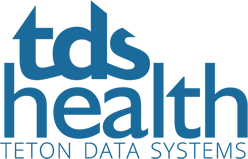Handbook of Fluid, Electrolyte, and Acid-Base Imbalances

Description
With a clear, comprehensive approach, this quick-reference handbook on the basic principles of fluid, electrolyte and acid-base balances, imbalances and related disorders is a must-have for all nursing students.
Features:
- • The chapter on increased intra-cranial pressure has been completely rewritten with a stronger focus on neurotrauma and common conditions that cause increased intra-cranial pressure.
- • Includes a new, comprehensive glossary for quick reference.
- • Provides a new appendix of The Joint Commission's (TJC) List of Accepted Abbreviations.
- • Convenient handbook size and accessible information make this a handy, portable resource.
- • Developmental approach provides examples across the life span that illustrate common health problems associated with imbalances.
- • Nursing assessments, diagnoses, interventions and rationales are presented in a tabular format for quick retrieval and ease of comprehension.
Doody's Reviews
Quotes, Reviews or Testimonials
"It is important for clinicians and nursing students to understand the physiological basis of fluid and electrolytes, and this book serves as a quick reference."
-- Josie Bowman, RN, MSN, DSN (East Carolina University ) Doody's Review
"I love this book. I finally understand ABGs and am able to remember due to the clear and concise way it is presented. I will use material from this book for most of the classes I teach and plan to put a copy on the units where students have clinicals."
-- Penny Moore, RNC, PhD (Southwestern Adventist University)
Audience
The authors describe the audience as "nurses (students and practitioners), laboratory personnel, technicians, and all healthcare professionals." The contributors are primarily nurses from various academic and practice settings.









































































































































































